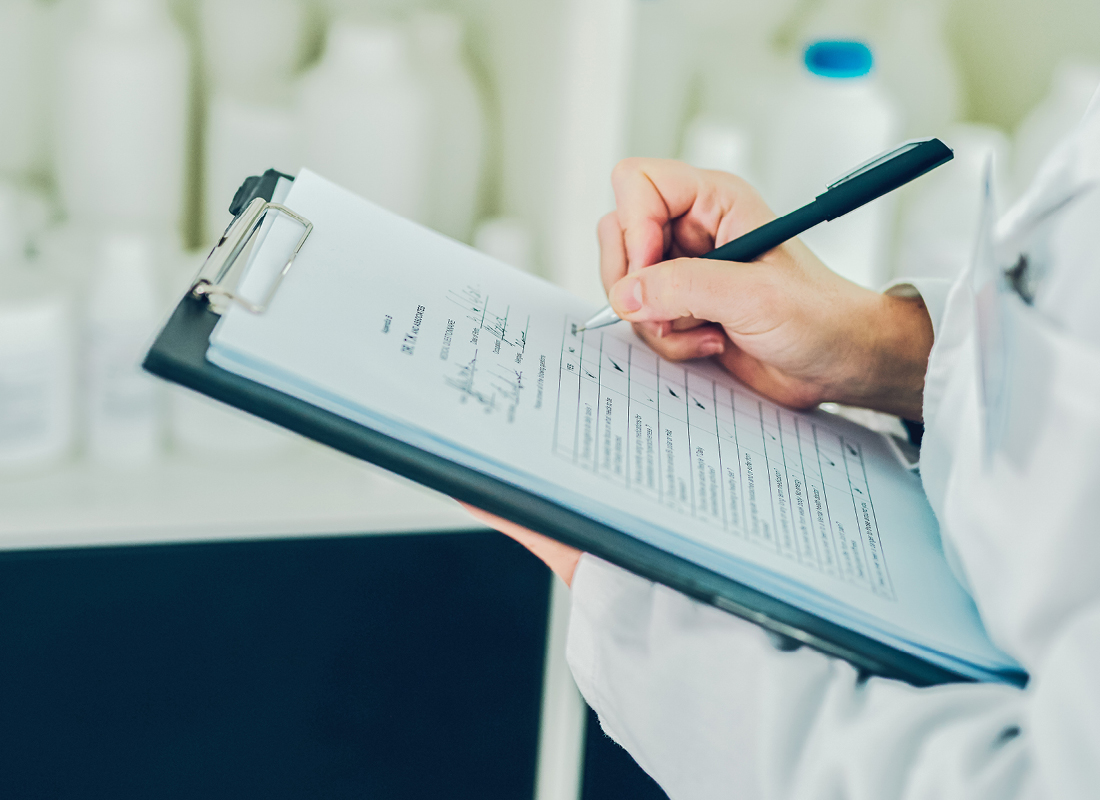The toddler’s father let her hand go so he could pay for their dinner at the busy airport. The little girl quickly wandered away and suddenly found herself at the top of a long escalator that was going down. No one was watching.
Mrs. Anders was walking home as she did every day from the neighborhood pool. She was very hard of hearing, but she was as friendly as she could be. As she waved to you while crossing the street, you see the car speeding toward her too fast.
You may have encountered a situation similar to one of these, or you may have seen something like it in a movie or television program. The scenario is something that can create a reaction in you, a feeling of sudden dread, and the urge to take quick action. That’s a good response, and it could save someone from a serious incident.
But is your reaction the same in the lab where you work? Consider these scenarios:
Lisa processed some CSF samples at the front desk that were delivered from another lab. She later received a call from the sending lab alerting her that the patient was positive for CJD, a prion disease, and the specimens were sent in error. When she went to clean up the processing area and tell the other staff, Lisa saw her co-worker leaning on the counter and using the computer with no PPE.
In the morning, Ken dropped a glass bottle of hydrochloric acid on the lab floor, and it shattered and spilled. He went to get the spill clean-up kit, but before he returned, the pathologist walked into the department wearing open-toed shoes.
There are some subtler scenarios:
Robert is working in the chemistry department, and he uncaps the next batch of tubes to be analyzed behind the safety shield on the counter. He places the tubes in the rack and carries the rack over to the analyzer. He’s not wearing any face protection.
Sheila was the supervisor in hematology, and she was walking through the department as Dwayne was on the phone with a service representative about the broken analyzer. The rep asked to speak to Sheila. Dwayne hands her the phone with his gloved hands, Sheila is wearing no PPE.
[freereport]
The safety reaction
As a lab safety professional, one of my goals is to help lab staff have that same urgent gut reaction—that feeling that something is wrong and needs immediate correction—in all of those lab scenarios above, particularly the subtle ones. In each of those moments, the risk of danger or infection is very high and needs to be mitigated. All too often, however, these events occur in labs and no one reacts. That’s a safety culture problem.
There are many possible reasons for that typical lack of response. People are busy, the unsafe practices are common, or safety is simply not a priority. Lab injuries and exposures continue to occur across the nation, so the issues need to be addressed, and there are ways to do that successfully.
To produce the reaction you want in your laboratory—the issue is noticed, there is a sudden sense of dread or a gut reaction, and then there is a correction made—takes consistency. The lab safety leader will need to provide education about the regulations and teach staff to respond to safety problems when they are discovered. As people, we are aware of the immediate danger when we see a toddler at the top of the stairs. The possibility of harm is clear to us. If you can produce that clarity for your staff with lab safety issues, you can get those reactions that can only improve your safety culture, and you can drastically reduce those injuries and exposures.
Safety case study of the month
An electrical pole outside the core laboratory caught fire after a lightning strike, and it burned until the transformer blew up. All power went out and then the emergency generator kicked in. It was a Saturday, so no leaders were on site. The hospital set up an Incident Command Center and called a tech, Stacy, in the core lab for departmental updates. With multiple labs in the building, Stacy knew there were issues everywhere, but she wasn’t sure how to get the information to the hospital ICC. It took several hours and lots of running around to gather the information.
- If multiple labs exist in one building, make sure the lab’s emergency response plan includes setting up a Lab Command Center (LCC).
- Use the LCC to get information from other labs and to communicate it to the facility Incident Command Center.
- Be sure staff are trained in the lab emergency management plan, can locate it, and can run the LCC without leadership on site.
